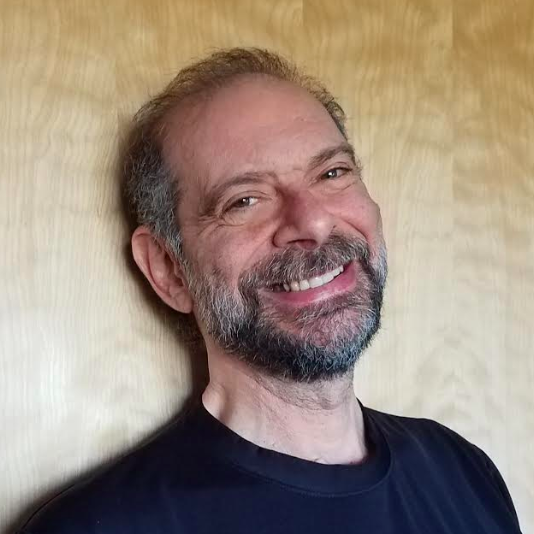In the wake of increasingly grim news on the climate front, and a deadlocked Congress unable to overcome resistance and take action, there is some good news coming out of Washington after all. Not from the federal government, but from Georgetown University,
This week the university announced the launch of the Georgetown University Energy Prize, a $5 million competition that challenges communities to come together, develop and implement a plan to dramatically reduce energy consumption. Fifty communities in 25 states, from Fairbanks, Alaska to Knoxville, Tenn., have already signed letters indicating that they intend to compete.
The formal opening ceremony took place on April 23, featuring Daniel Poneman, deputy secretary of the U.S. Department of Energy; John J. DeGioia, president of Georgetown University; and Ellen S. Alberding, president of the Joyce Foundation.
Why Georgetown? Somebody had to do it.
I asked Dr. Francis Slakey, executive director of the Prize, how it came to be the university that took action on energy efficiency. He said, “In 2012, we held a brainstorming session at Georgetown University with mayors, city planners and environmental managers from around the country. Everyone had the same problem: They wanted to create a more energy efficient community, but they struggled to win the buy-in of their residents. Adoption rates of energy efficiency technologies were stuck at 5 percent or even 2 percent—and it had been that way for decades.
"We needed a catalyst that would inspire action and create breakthrough solutions. Historically, there’s been an effective model to solve stuck problems: Hold a competition and offer a prize. Thus, the Georgetown University Energy Prize was born.”
What’s great about this contest is the emphasis on community. According to the press release:
“Communities will work in partnership with their local governments, residents and utilities to reduce energy consumption over a two-year period. A judging committee, to be announced in late 2014, will evaluate competitors on a specific set of weighted objectives, including their ability to:
- Spur innovative, replicable, scalable and continual approaches for communities to decrease their energy consumption;
- Highlight best practices for working with utilities, businesses and local governments to create and implement inventive plans for increased energy efficiency;
- Educate the public and engage residents on energy efficiency issues, including methods, benefits and the environmental costs of the full fuel cycle; and
- Collaborate with schools to educate and inspire the next generation of energy efficiency leaders in the United States."
Any U.S. community with a population between 5,000 and 250,000 is eligible to compete. (See map for current entrants.)
Here’s how it’s going to work.
Communities need to send in a non-binding letter of intent indicating their desire to participate by the end of this month. Then they need to submit a basic application using a template provided by the program by end of June. Most entrants will be accepted as quarter-finalists. At that point a more detailed plan must be submitted by November. From these submissions, semi-finalists will be selected. Semi-finalists will then compete over a two-year period beginning January 2015 to see what actual savings are achieved. The $5 million winner will be selected at the end of that time period.
More information is available on the competition website.
I’d like to commend the folks at Georgetown for a really well thought-out program and encourage readers to seriously consider reaching out to other folks in your community and getting involved in this. But you need to hurry. Time is running out. Program sponsors include the U.S. Department of Energy, The Joyce Foundation and the American Gas Association.
As U.S. Deputy Secretary of Energy Daniel B. Poneman said: “The cheapest way to reduce emissions is energy efficiency, and by partnering with communities, businesses and state and local governments we can drive greater energy efficiency further and faster. We applaud these communities as they save homes and businesses money by saving energy and protect[ing] our air and water.”
Images courtesy of Georgetown University Energy Prize
RP Siegel, PE, is an inventor, consultant and author. He writes for numerous publications including Justmeans, ThomasNet, Huffington Post, and Energy Viewpoints. He co-wrote the eco-thriller Vapor Trails, the first in a series covering the human side of various sustainability issues including energy, food, and water in an exciting and entertaining romp that is currently being adapted for the big screen. Now available on Kindle.
Follow RP Siegel on Twitter.

RP Siegel (1952-2021), was an author and inventor who shined a powerful light on numerous environmental and technological topics. His work appeared in TriplePundit, GreenBiz, Justmeans, CSRWire, Sustainable Brands, Grist, Strategy+Business, Mechanical Engineering, Design News, PolicyInnovations, Social Earth, Environmental Science, 3BL Media, ThomasNet, Huffington Post, Eniday, and engineering.com among others . He was the co-author, with Roger Saillant, of Vapor Trails, an adventure novel that shows climate change from a human perspective. RP was a professional engineer - a prolific inventor with 53 patents and President of Rain Mountain LLC a an independent product development group. RP was the winner of the 2015 Abu Dhabi Sustainability Week blogging competition. RP passed away on September 30, 2021. We here at TriplePundit will always be grateful for his insight, wit and hard work.















